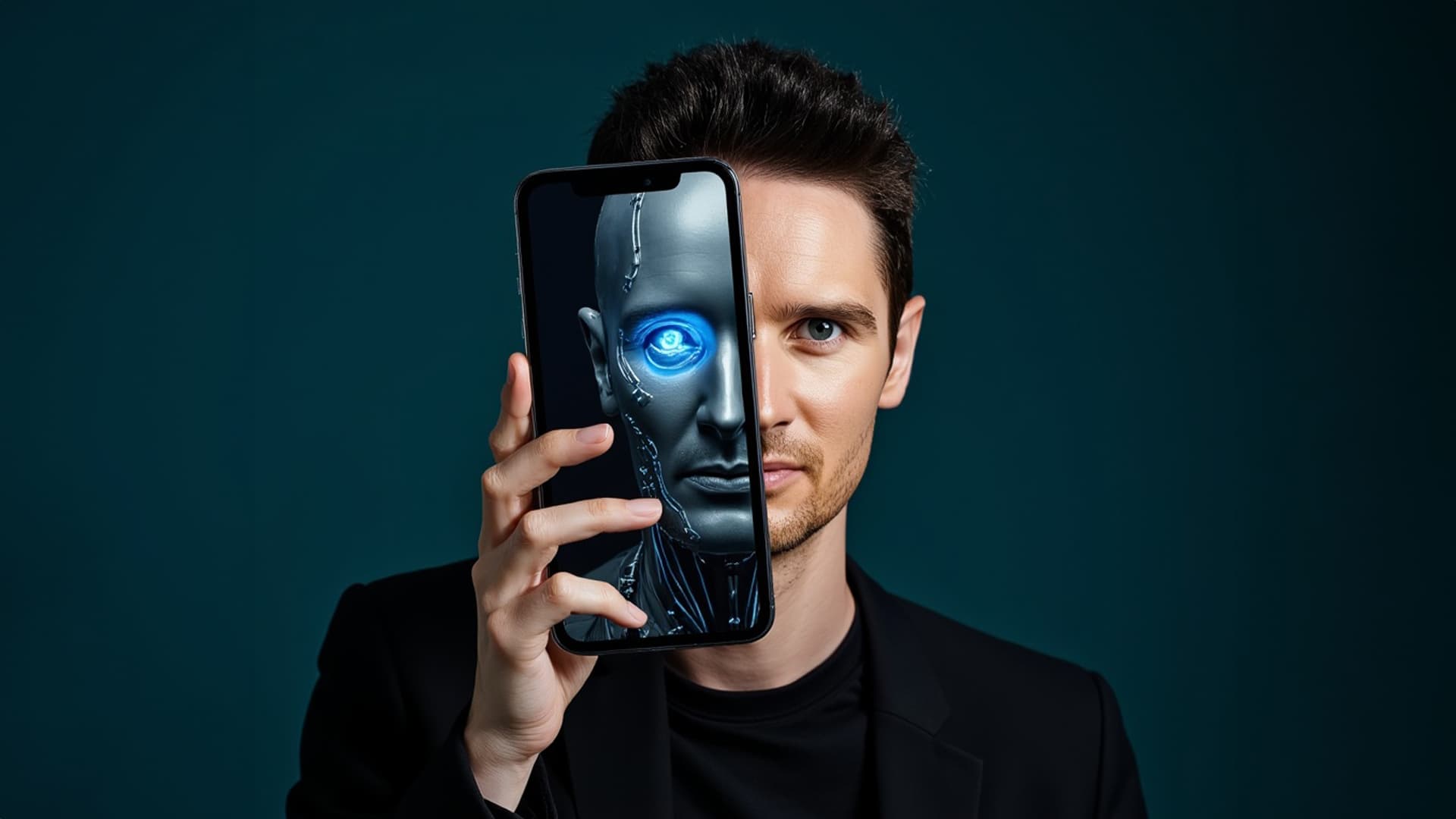As a magician and keynote speaker who has performed in over 60 countries, I’ve discovered something fascinating: no two people ever see exactly the same show. Even when watching the same illusion from the same angle at the same time, different audience members will focus on different details, remember different moments, and construct entirely different versions of what happened.
This isn’t just a quirk of magic shows – it’s a fundamental truth about human perception that has profound implications for business, leadership, and innovation.
View this post on Instagram
Let me share a story from one of my recent corporate performances. I performed a trick where I correctly predicted a CEO’s apparently free choice. After the show, two executives approached me separately. One was convinced I had used sophisticated technology to achieve the effect. The other was certain it involved reading subtle body language. Both were equally confident in their explanations. Both were wrong.
What fascinated me wasn’t their incorrect theories, but how their professional backgrounds influenced what they believed they saw. The first executive was a tech leader, so he saw a technological solution. The second was a sales director who relied on reading people, so that’s what he perceived.
This phenomenon, which I’ve observed thousands of times during my career, reveals three crucial insights about human perception:
1. We See What We Know
Our brains don’t just passively record what’s in front of us – they actively construct our reality based on our past experiences, expertise, and expectations. A carpenter watching my show might notice details about the wooden props that a software engineer would miss entirely, while the engineer might focus on patterns and sequences that others overlook.
2. Expertise Can Create Blind Spots
Sometimes, being an expert in one area can actually make it harder to see things accurately. When we’re highly trained in a particular way of thinking, we tend to force everything we see into that familiar framework – even when it doesn’t quite fit. Those executives were both wrong precisely because they were experts trying to force my illusion into their area of expertise.
3. Innovation Often Lies in the Gaps Between Perspectives
Some of my most effective illusions work precisely because I understand how different people will interpret the same actions differently. By understanding these varying perspectives, I can create experiences that work on multiple levels simultaneously.
The Business Impact
These insights have profound implications for business leaders:
- When presenting ideas or products, remember that your audience isn’t seeing exactly what you’re seeing. Their perception is filtered through their own experiences and expertise.
- In problem-solving sessions, actively seek out different perspectives. The person who sees things differently isn’t necessarily wrong – they might be seeing something you’re missing entirely.
- When innovating, pay attention to the gaps between different viewpoints. Often, the most valuable insights lie in understanding why people see things differently, not in deciding who’s right.
A Simple Exercise
Here’s something I often share in my keynote presentations: The next time you’re in a meeting, pay attention not just to what people are saying, but to what they’re focusing on. A finance person might immediately notice cost implications, while a marketing person spots branding opportunities in the same presentation. Neither is wrong – they’re just viewing the same reality through different lenses.

The Real Magic
As a magician, my job isn’t just to create illusions – it’s to understand how different people will perceive those illusions. This same skill is invaluable in business. The most successful leaders aren’t just good at what they do; they’re good at understanding how different people perceive and interpret what they do.
Understanding that different people see different realities isn’t just interesting – it’s essential for effective leadership, innovation, and communication.
The next time you find yourself absolutely certain about what you’re seeing, remember: someone else might be seeing something completely different. And they might not be wrong.
Keelan Leyser is a keynote speaker and tech magician known for pioneering the combination of magic with cutting-edge technology. With appearances on over 100 television shows and performances in more than 60 countries, he has established himself as a leading expert in digital illusion. Through his unique fusion of iPad, AI and robot magic, Keelan helps audiences 'reimagine the impossible' in our tech-driven world.








